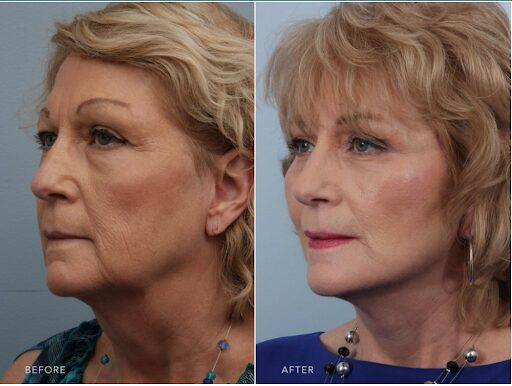
Anaesthesia can cause side effects that may affect breast implant recovery. These include nausea, soreness, and vomiting. Some women experience unbearable pain after the surgery. It is possible to take pain medication to relieve the discomfort and speed up your recovery. A breast support bandage can be used to assist you in recovering. You can also take pain medication to reduce the redness and swelling around your breasts. A compression bra should be worn to support the breasts as they heal.
Compression bras
You should wear a bra post-operatively if you plan to have breast implants. A bra with underwires or padding can irritate the stitches and make scarring more noticeable. As it provides support and comfort for recovery, a compression bra with no underwires is safer. Compression bras with front closures are also easier to remove. Here are some tips to help you choose the right compression bra for your needs:
A compression bra is a postoperative garment that promotes circulation and reduces swelling around the breast tissue. The compression garment promotes antimicrobial cell transfers to the site of infection. This is crucial for eliminating pathogens. Compression bras are a great way to help women heal from breast-implant surgery. They allow for post-operative changes as well as reducing the chance of clot migration. It assists in the elimination of clots following plastic surgery. This can have disastrous consequences.

Implants in the under-muscle
The time taken to recover from breast implant placements with under-muscles is longer than those of other methods. After the implants have been deflated, they are then placed through a small tunnel. This procedure is less invasive and causes less pain. It is normal to experience some swelling and pain during the recovery period. It may take up to four to eight weeks for swelling to subdue.
Most patients who have breast implants experience some level of pain after the procedure. This can vary depending on which type of surgery was used and how sensitive the patient is to pain. Some women experience very little pain, while others require prescription painkillers to control their discomfort. If the procedure was performed under the muscle, the implant may look too high immediately after surgery. It is normal for implants to look different after surgery. However, it may take several weeks or even months for them to settle into the right position.
Swelling around the sutures
A swelling around your incision after breast-implant recovery could indicate that your implants may have been incorrectly placed. There are several reasons why this might happen. Infections can happen if the wound is infected. This can cause the dissolvable stitches to break down faster. It can also happen when you lift heavy objects, engage in strenuous exercise, or engage with other dangerous activities after the surgery. For treatment, contact your surgeon immediately if you suspect this.
After breast implant surgery, infection and damaged breast tissue are common causes of pain and swelling. Blood thinners can help prevent these. However, taking them after surgery can aggravate the situation. These blood thinners may reduce swelling and bruising. They can also help with pain. Talk to your surgeon to confirm that you do not have any other conditions.

Long-term complications
Long-term complications can be expected from breast implant surgery. For bruising, some patients will have to stay at the hospital overnight. The bruises will not affect the outcome of your operation. A haematoma is a condition that can increase the risk of capsular contracture and lead to an additional night in the hospital. However, these complications are rare and usually do not last for long.
While breast implant manufacturers frequently issue updates on their medical devices, physicians have reported very few problems. The FDA may report some instances of adverse events, but these are only the beginning. Many physicians don't report problems with medical devices. The reported cases are the "tippy-top", which is why many doctors do not report them. The risks of BIA-ALCL in textured implants are estimated to be between 1.79 and 2.82 per thousand.